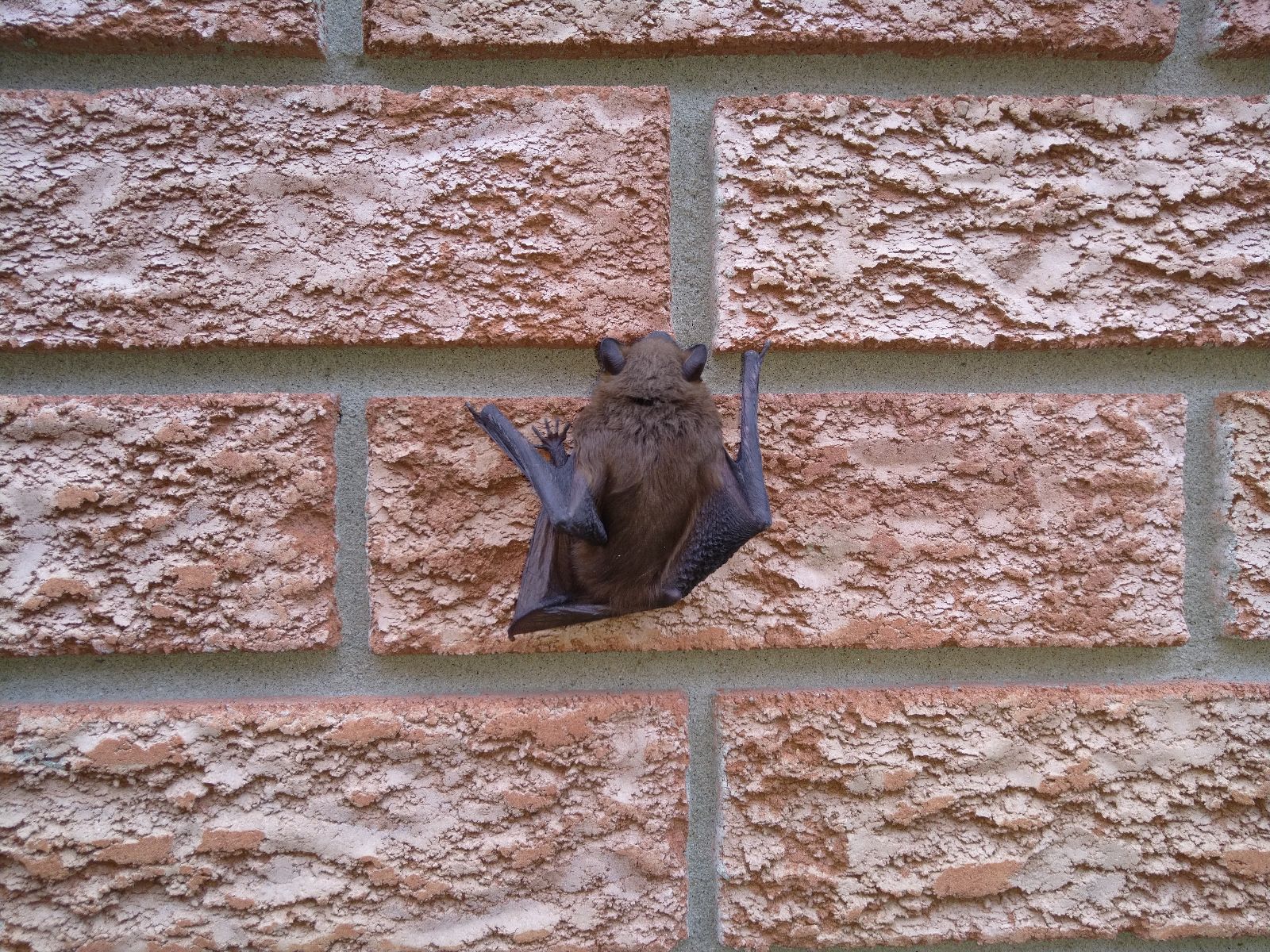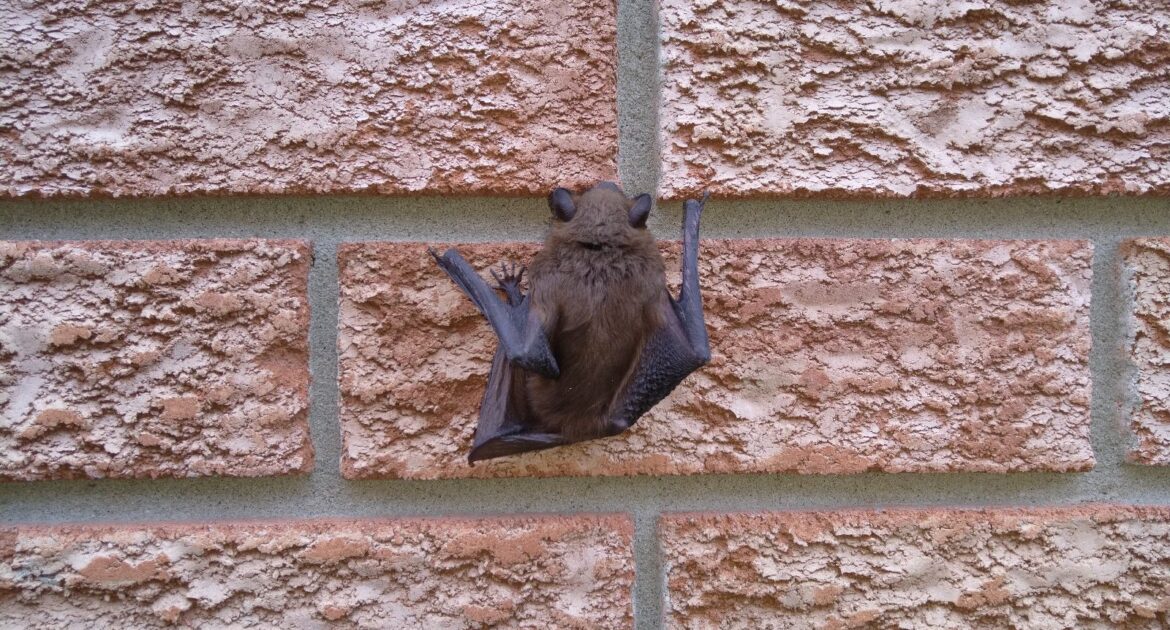There’s no doubt bats play a vital role in our ecosystem. However, when they make your home their own, their vital role becomes a nuisance.
While basements may not be their preferred roosting spot, bats can find their way into various parts of your home. Below, the pros at Skedaddle Humane Wildlife Control answer, “How do bats get into basements?” We’ll also shed light on their most common roosting areas. Plus, we’ll explore identifying the signs of a bat infestation, what attracts bats to your attic, the health risks involved, and Skedaddle’s humane process for bat removal in Victoria. Let’s uncover the secrets of these winged visitors!
How Do Bats Get Into Basements?
First, it’s essential to understand that bats do not typically seek out basements as their primary roosting spots. They are more likely to inhabit areas like attics, chimneys, or wall voids. However, while seeking shelter, bats can accidentally find their way into basements through openings and gaps in your home’s structure.
If you leave a basement window or door open during the evening when bats are active, they may fly inside. Some homes have vents or ducts that lead from the attic or roof down into the basement. Bats may follow these routes, especially if there are openings or cracks along the way.
Identifying the Signs of a Bat Infestation
Let’s discuss how to identify the signs of a bat infestation. Pay attention to:
- Droppings: Bat guano is a clear indicator of their presence. It resembles small, elongated pellets and is often found near entry points.
- Scratching and Noises: Bats can make scratching and squeaking sounds, especially during their active periods at dusk and dawn. Listen for unusual noises in your home.
Reasons Your Attic May Attract Bats
Bats are drawn to attics for several reasons:
- Protection: Attics offer shelter from predators, making them an ideal roosting spot for bats.
- Warmth: Bats prefer warm environments. Attics can help them survive, especially during colder months.
- Darkness: Bats are nocturnal creatures. Attics are typically dark and quiet, providing an ideal environment for their daily resting and breeding.
Health Risks Associated with Bats in Your Attic
Having bats in your attic can pose health risks. Bat droppings can carry harmful pathogens, including the fungus responsible for histoplasmosis, a respiratory disease. Additionally, bats carry rabies, so it’s essential to exercise caution and seek professional help for their removal.
Skedaddle’s Humane Bat Removal Process in Victoria
If you suspect bats in your attic or basement, Skedaddle is your trusted partner for humane bat removal in Victoria. Our process involves:
- Assess & Remove: We begin with a detailed property assessment to identify the extent of the infestation and entry points bats use. Then, we implement a customized removal plan to extract the bats safely.
- A Written Quote: After the assessment, we provide a written quote outlining the removal plan, repair work, and cleanup services required.
- Humane Removal: Skedaddle uses humane pest control solutions that ensure the safe removal of bats without harming them. Once the bats are out, we seal entry points to prevent their return.
Get Humane Bat Removal Services With Skedaddle
While bats may not typically invade basements, they can find their way into various parts of your home, including attics and wall voids. Answering, “How do bats get into basements” with help from the pros, identifying the signs of a bat infestation, understanding their attraction to your attic, and recognizing the associated health risks are essential steps in protecting your home.
Skedaddle’s humane bat removal process in Victoria ensures a safe and effective solution for your bat-related concerns. The next time you wonder, “Why are there bats in my basement?,” call us or submit a Contact Us form.




